|
This picture shows the western edge of the Southern California Batholith and Santiago Peak Volcanics. The overlying rocks have been carried away. The San Dieguito River runs next to the mountains. Chamise and Buckwheat are the two predominant chapparal plants. |
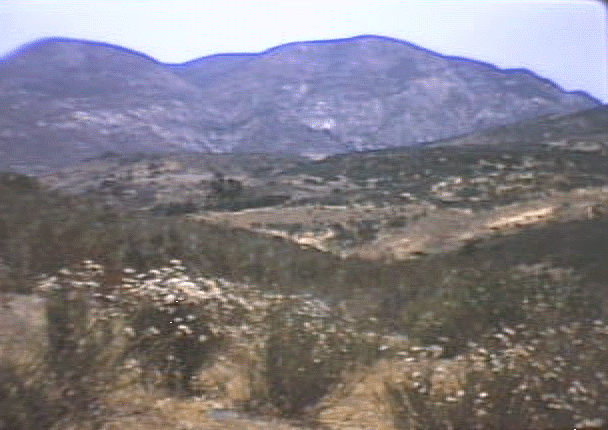 |
|
There is a difference in rock between the river bottom and the peaks as to 1) color and 2) fracturing. The top rocks are intrusive Southern California Batholithic rocks which covered the lower Santiago Peak Volcanics. Note the angular bottom rocks and the rounded top rocks. |
 |
| Many variations in color, texture, and composition occur within this small area. They grade gradually into each other. Here light grey foreground rock grades into dark background rock. | 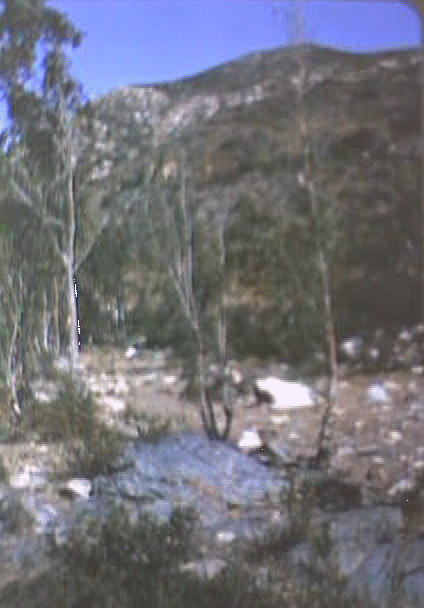 |
| As magma, forces its way to the surface, it may dissolve the crustal rocks or disslodge fragments from the roof of the chamber, dissolving them in part or permitting them to settle to the bottom. Within a few miles of the surface, the temperature becomes low enough to permit solidification. The darker rock is country rock imbedded in the intrusive batholithic rock giving a porphyritic texture. The material containing the fragments is known as the groundmass rock. This is the primary evidence that the batholithic rock intruded. | 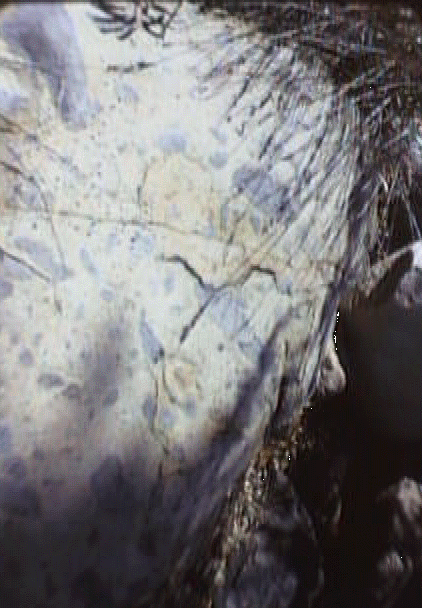 |
| Also seen is spheroidal weathering. Hydration and oxidation result in increased bulk giving rise to mechanical effects. Cracks are accentuated and widened making the rock rounded. Further reduction in size is brought about by the loosening of successive concentric layers. | 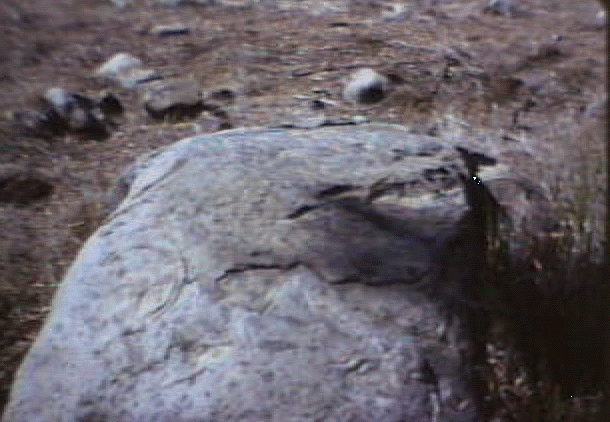 |
| The area is heavily intruded. You cannot call these dikes or sills because there is no vertical or horizontal orientation of the country rock. |  |
| This is an olivine phenocryst. Large first formed crystals are called phenocrysts and the remainder of the rock is referred to as the groundmass. Olivine is common in many igneous rocks but, because of its small grain size it is not observed. It is one of the first minerals to crystalize from the magma. | 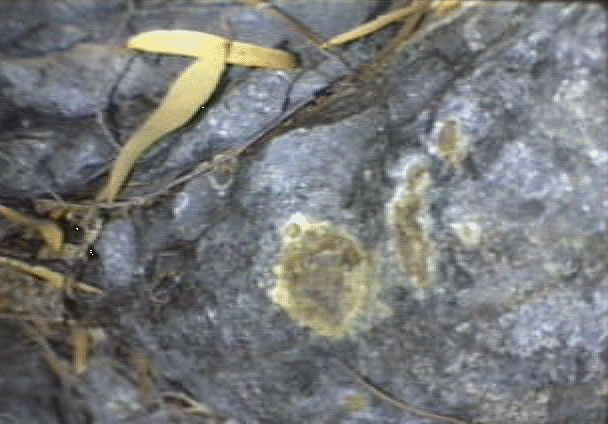 |
| Joint patterns are formed in cooling or from internal stresses and pressures after it has cooled. |  |
 |
|
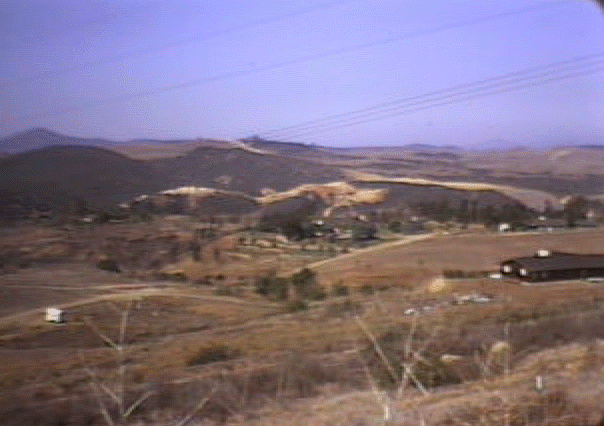 |
|
 |
|
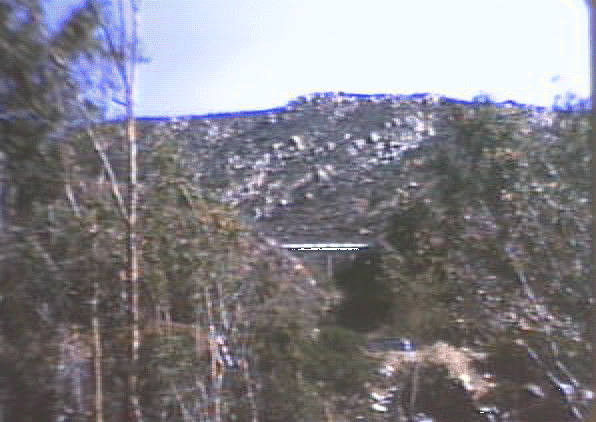 |
|
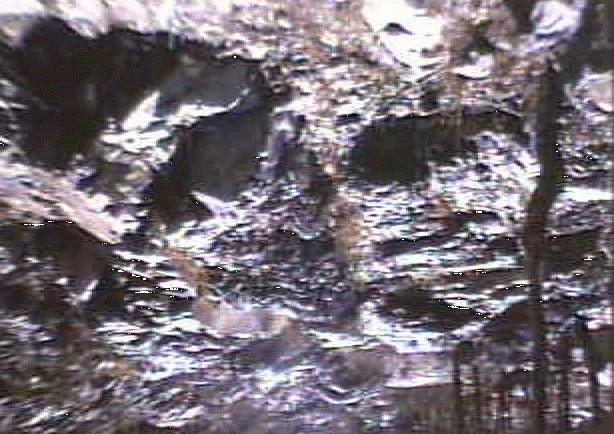 |
|
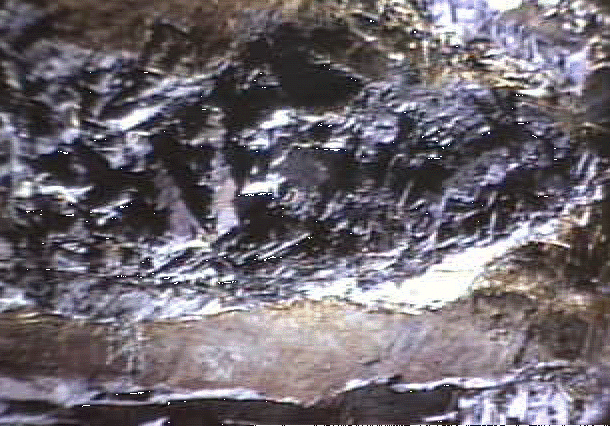 |
|
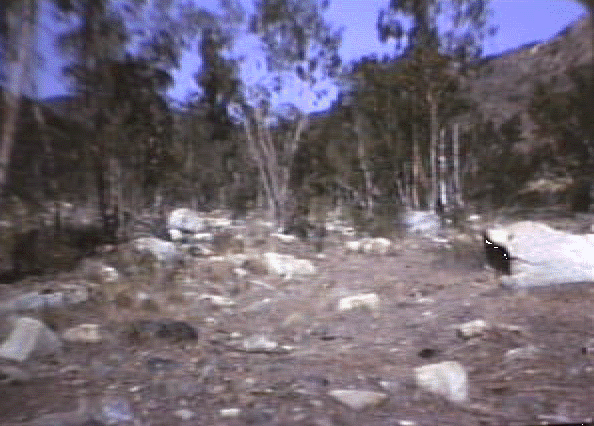 |
|